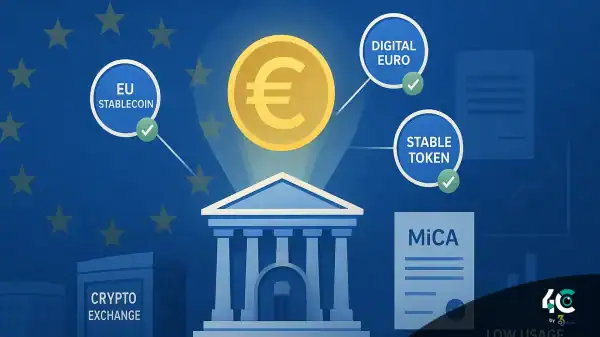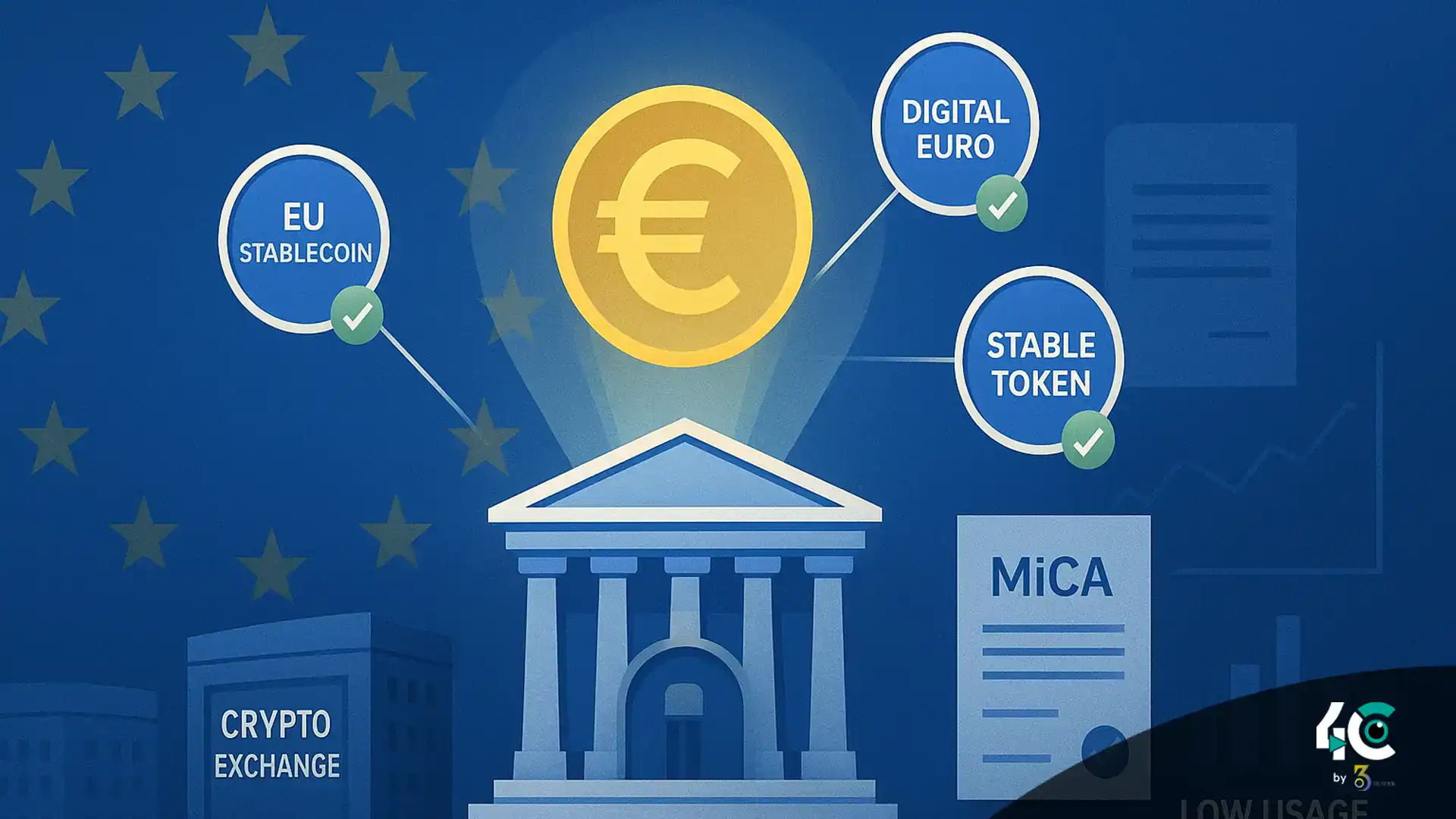📌 Stablecoins Are Still Mostly for Crypto Trading, Not Payments
According to the European Central Bank (ECB), crypto trading remains the dominant purpose for stablecoins, overshadowing their potential use in global transfers or everyday retail payments.
- Cross-border transfers exist, but lack evidence of strong links to remittances
- Retail transactions make up just 0.5% of stablecoin use, according to Visa
- Most stablecoin activity remains within crypto exchanges and trading platforms
The ECB’s stance suggests a cautious reality: stablecoins have not yet graduated into mainstream payment tools in Europe.
💵 Dollar Stablecoins Dominate — But They Barely Touch Euro Markets
Although the market is heavily controlled by U.S. dollar-backed stablecoins like USDT and USDC, which account for roughly 84% of the supply, their influence on euro markets remains small. The ECB highlighted that euro-area financial systems are not deeply intertwined with stablecoin liquidity, reducing the risk of market shocks.
Even if adoption increases, Europe has a regulatory edge: the MiCA framework. Under MiCA, interest payments on stablecoins are banned to stop them from functioning like deposit accounts — a rule that the U.S. may soon copy.
Also Read : Trump Promises $2,000 Tariff Dividend for Americans as Supreme Court Scrutinizes His Tariff Power
🌍 Why Global Regulation Matters for Stablecoin Safety
The ECB emphasized that effective oversight cannot stop at European borders. If other countries remain lax, regulatory arbitrage could spill risks into the EU, especially through international stablecoin issuers.
“It is vital that regulatory frameworks are further aligned at a global level,” the report warns.
The ECB sees MiCA as a strong shield, but not enough without international coordination.
💶 Digital Euro on the Horizon: Europe Pushes Forward
Concerns around foreign stablecoins — particularly U.S.-based issuers — have motivated Europe to accelerate its own central bank digital currency (CBDC). The digital euro pilot is targeted for 2027, with full issuance potentially launching in 2029.
This marks a shift in tone from earlier ECB warnings that U.S. stablecoins could threaten Europe’s financial sovereignty. Now, rather than panicking, Europe appears prepared — and building its own alternative.
🔎 Final Takeaway
Stablecoins may be booming globally, but Europe isn’t feeling the shockwaves yet. Thanks to regulation and slow real-world usage, the ECB views them as a manageable, emerging risk — not an immediate financial danger.
Still, a growing market and international loopholes mean one thing:
👉 Stablecoins are safe for now, but the next chapter will require global cooperation.



































